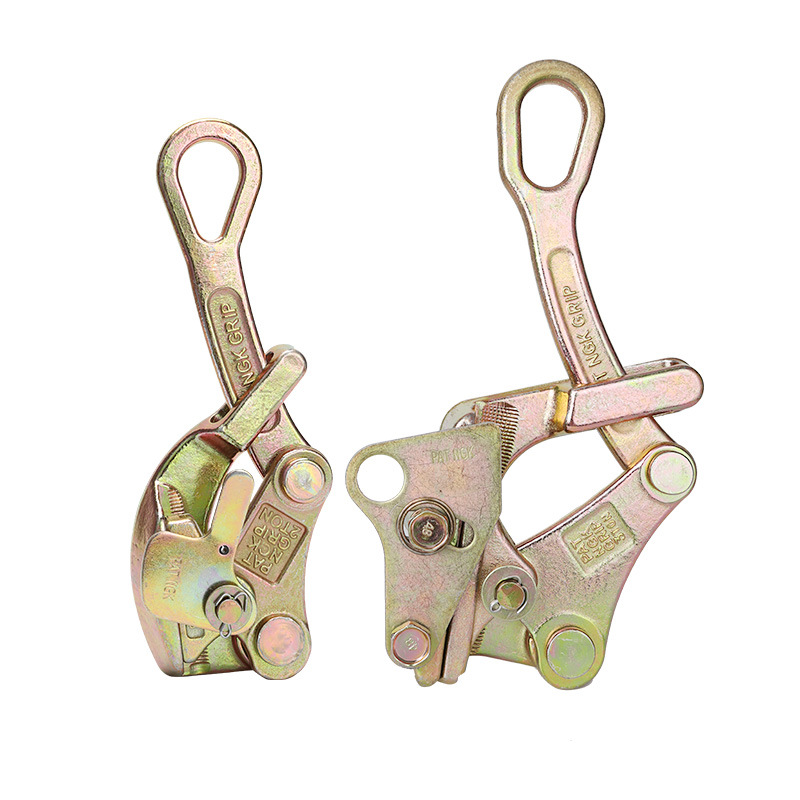
-
 Afrikaans
Afrikaans -
 Albanian
Albanian -
 Amharic
Amharic -
 Arabic
Arabic -
 Armenian
Armenian -
 Azerbaijani
Azerbaijani -
 Basque
Basque -
 Belarusian
Belarusian -
 Bengali
Bengali -
 Bosnian
Bosnian -
 Bulgarian
Bulgarian -
 Catalan
Catalan -
 Cebuano
Cebuano -
 Corsican
Corsican -
 Croatian
Croatian -
 Czech
Czech -
 Danish
Danish -
 Dutch
Dutch -
 English
English -
 Esperanto
Esperanto -
 Estonian
Estonian -
 Finnish
Finnish -
 French
French -
 Frisian
Frisian -
 Galician
Galician -
 Georgian
Georgian -
 German
German -
 Greek
Greek -
 Gujarati
Gujarati -
 Haitian Creole
Haitian Creole -
 hausa
hausa -
 hawaiian
hawaiian -
 Hebrew
Hebrew -
 Hindi
Hindi -
 Miao
Miao -
 Hungarian
Hungarian -
 Icelandic
Icelandic -
 igbo
igbo -
 Indonesian
Indonesian -
 irish
irish -
 Italian
Italian -
 Japanese
Japanese -
 Javanese
Javanese -
 Kannada
Kannada -
 kazakh
kazakh -
 Khmer
Khmer -
 Rwandese
Rwandese -
 Korean
Korean -
 Kurdish
Kurdish -
 Kyrgyz
Kyrgyz -
 Lao
Lao -
 Latin
Latin -
 Latvian
Latvian -
 Lithuanian
Lithuanian -
 Luxembourgish
Luxembourgish -
 Macedonian
Macedonian -
 Malgashi
Malgashi -
 Malay
Malay -
 Malayalam
Malayalam -
 Maltese
Maltese -
 Maori
Maori -
 Marathi
Marathi -
 Mongolian
Mongolian -
 Myanmar
Myanmar -
 Nepali
Nepali -
 Norwegian
Norwegian -
 Norwegian
Norwegian -
 Occitan
Occitan -
 Pashto
Pashto -
 Persian
Persian -
 Polish
Polish -
 Portuguese
Portuguese -
 Punjabi
Punjabi -
 Romanian
Romanian -
 Russian
Russian -
 Samoan
Samoan -
 Scottish Gaelic
Scottish Gaelic -
 Serbian
Serbian -
 Sesotho
Sesotho -
 Shona
Shona -
 Sindhi
Sindhi -
 Sinhala
Sinhala -
 Slovak
Slovak -
 Slovenian
Slovenian -
 Somali
Somali -
 Spanish
Spanish -
 Sundanese
Sundanese -
 Swahili
Swahili -
 Swedish
Swedish -
 Tagalog
Tagalog -
 Tajik
Tajik -
 Tamil
Tamil -
 Tatar
Tatar -
 Telugu
Telugu -
 Thai
Thai -
 Turkish
Turkish -
 Turkmen
Turkmen -
 Ukrainian
Ukrainian -
 Urdu
Urdu -
 Uighur
Uighur -
 Uzbek
Uzbek -
 Vietnamese
Vietnamese -
 Welsh
Welsh -
 Bantu
Bantu -
 Yiddish
Yiddish -
 Yoruba
Yoruba -
 Zulu
Zulu


Nov . 01, 2024 04:05 Back to list
Understanding the Benefits of 250% Fish Tape for Efficient Wiring Solutions
The Essential Guide to Using Fish Tape for Electrical Work
When it comes to electrical installations and maintenance, having the right tools is paramount. One such tool that has proven invaluable for electricians and DIY enthusiasts alike is the fish tape. This versatile hand tool has been used for decades to route electrical wiring through walls, ceilings, and conduit spaces. With an impressive length and flexibility, fish tape allows users to maneuver wires through tight spaces that would otherwise be challenging to access.
What is Fish Tape?
Fish tape, often referred to as wire pulling tape, is a long, flat strip of metal or fiberglass that is wound onto a reel. The tape can range in length typically from 25 feet to over 300 feet, making it suitable for various applications. The term fish intuitively describes the tool's function—much like fishing where you hope to pull something through, users of fish tape aim to fish the electrical wires through concealed spaces.
Why Use Fish Tape?
One of the main advantages of using fish tape is its ability to navigate through bends and twists in walls and conduits. Electricians often face the challenge of routing cables through complex structures. Here, fish tape shines due to its rigidity and slim profile, which make it easier to push through tight spaces without straining or damaging existing wiring.
Moreover, fish tape reduces the risk of tangling or knotting wires, thereby protecting the integrity of the electrical installation. It is especially beneficial when pulling multiple wires simultaneously, ensuring a more streamlined installation process without the hassle of tangled cables.
How to Use Fish Tape Effectively
250 fish tape

Using fish tape may seem straightforward, but there are a few best practices you should follow to ensure efficiency and safety
1. Experience and Preparation Before starting, familiarize yourself with the layout of the area where you're working. Knowing the path the wire must take will minimize surprises during the process.
2. Insert in the Right Direction When pushing the fish tape, always insert it in the direction of the path that the wire needs to follow. Be gentle but firm to prevent bending or flexing the tape excessively.
3. Attach with Care When it’s time to attach your electrical wire to the fish tape, ensure that the connection is secure. This will prevent the wire from snagging or breaking during the pulling process.
4. Pull Slowly As you pull the fish tape back, maintain a steady pace. Quick movements can result in jerks that may damage the wire or the surrounding structure.
5. Use a Partner If possible, work with someone else. One person can control the fish tape from one end while the other feeds it through at the other end, facilitating smoother operation.
Conclusion
Fish tape is an indispensable tool for anyone involved in electrical work. By understanding its use and following best practices, you can make the most out of this handy device. Whether you’re a professional electrician or a home improvement enthusiast, mastering the use of fish tape can significantly enhance your efficiency and accuracy in any electrical project.
Latest news
What Are Construction Tools and How Are They Used?
NewsJul.11,2025
Professional-Grade Duct Rodding Tools for Superior Cable Installation
NewsJul.11,2025
Enhancing Safety and Efficiency with Modern Hot Stick Solutions
NewsJul.11,2025
Empowering Cable Installation with Advanced Rodder Solutions
NewsJul.11,2025
Elevate Your Cable Installation Projects with Cable Pulling Tools
NewsJul.11,2025
Efficient Cable Handling Solutions: Cable Rollers for Sale
NewsJul.11,2025











